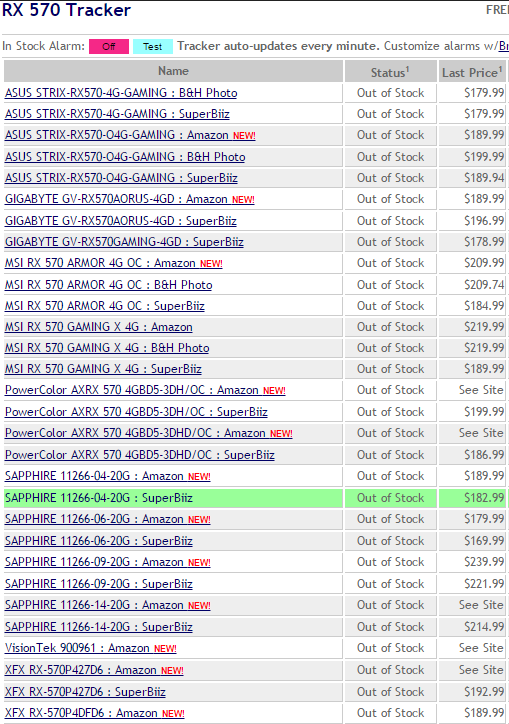Understanding 101 Siding: A Comprehensive Guide
When it comes to protecting and beautifying your home, the choice of siding is crucial. 101 Siding is a popular option among homeowners due to its durability, aesthetic appeal, and ease of maintenance. In this guide, we will delve deep into the world of 101 siding, exploring its benefits, types, installation, maintenance, and more.
The Benefits of 101 Siding
— Durability: 101 siding is known for its durability and ability to withstand harsh weather conditions, such as rain, wind, and snow. — Aesthetic Appeal: 101 siding comes in a variety of colors and finishes, allowing you to choose a style that complements your home’s architecture. — Energy Efficiency: 101 siding can help improve the insulation of your home, reducing energy costs and making your living space more comfortable. — Easy Maintenance: Unlike other types of siding, 101 siding is low maintenance and only requires occasional cleaning to keep it looking like new.
Types of 101 Siding
There are several types of 101 siding available on the market, each with its unique features and benefits: 1. Vinyl Siding: Vinyl siding is one of the most popular choices among homeowners due to its affordability, versatility, and low maintenance requirements. 2. Fiber Cement Siding: Fiber cement siding is a durable and long-lasting option that is resistant to rot, fire, and pests. 3. Wood Siding: Wood siding offers a classic and natural look, but it requires more maintenance compared to other types of siding. 4. Metal Siding: Metal siding, such as aluminum or steel, is known for its strength and longevity, making it a great option for high-impact areas.
Installation of 101 Siding
Proper installation is essential to ensure the longevity and performance of your 101 siding. Here are some key steps involved in the installation process: 1. Preparation: Before installing the siding, make sure to properly prepare the exterior walls by removing any old siding, repairing damaged areas, and adding a weather-resistant barrier. 2. Cutting and Fitting: Carefully measure and cut the siding panels to fit the dimensions of your home, ensuring a precise and seamless installation. 3. Fastening: Secure the siding panels in place using nails or screws, following the manufacturer’s guidelines for proper spacing and fastening techniques. 4. Finishing Touches: Add trim pieces, corner caps, and other accessories to complete the look and enhance the durability of your 101 siding.
Maintenance of 101 Siding
To keep your 101 siding looking great and performing well, regular maintenance is key. Here are some tips for maintaining your siding: 1. Cleaning: Use a mild detergent and water to clean your siding periodically, removing dirt, grime, and mildew buildup. 2. Inspection: Regularly inspect your siding for any signs of damage, such as cracks, warping, or peeling paint, and address any issues promptly. 3. Repairs: If you notice any damage to your siding, such as holes or rot, make repairs as soon as possible to prevent further issues. 4. Paint: If you have painted 101 siding, consider repainting every few years to refresh the color and protect the material from the elements.
Conclusion
101 siding is a versatile and durable option for homeowners looking to enhance the beauty and protection of their homes. By understanding the benefits, types, installation, and maintenance of 101 siding, you can make an informed decision on whether this siding option is right for you. Remember to consult with a professional siding contractor for guidance and assistance with your 101 siding project.



